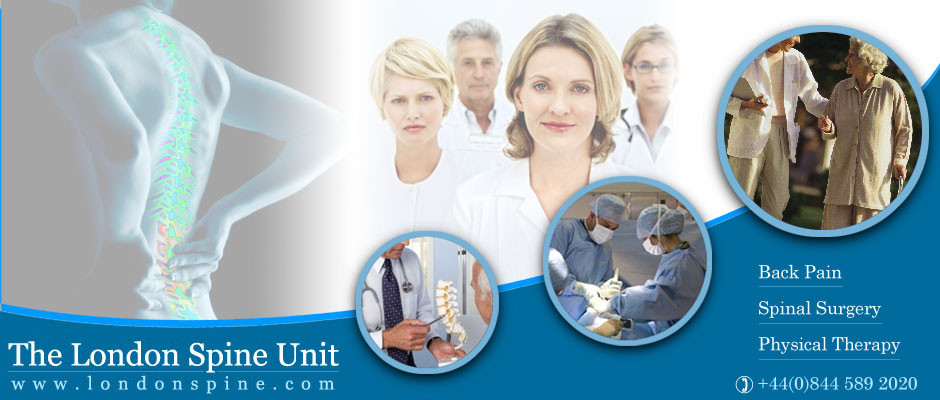There is abundant evidence that non-pharmacological and pharmacological measures are effective in increasing bone mineral density and in preventing fractures, especially vertebral, in patients with osteoporosis.
Non-pharmacological measures
Being smoking, alcohol intake and coffee risk factors, it is necessary to advise patients to stop smoking and keep alcohol and coffee to a minimum. It is known that smokers at the same time are often exaggerated drinkers of alcohol and coffee, so it is important to obtain a drastic change in lifestyle.
The second recommendation to prevent osteoporosis is to maintain an adequate intake of calcium and vitamin D. This measure of prevention must begin in childhood and be maintained throughout life. In children, a daily calcium intake between 800 and 1300mg is recommended, and in the postmenopause at least 1200mg/d. Vitamin D intake recommendations range between 400 and 1000 IU daily, to achieve plasma concentrations of 25 hydroxyvitamin D of 30ng/mL or more. It is difficult to achieve these levels of intake only for food, so it is almost always necessary to get calcium supplements and vitamin D in postmenopause. In contrast, in young people, it is important a minimum sun exposure, which without affecting the risk of skin cancer, allows adequate skin synthesis of vitamin D.
The third non-pharmacological recommendation is to increase physical exercise. The exercise that strengthens the bones is the lifting of weights and resistance; agility exercises help to maintain balance and mitigate the blows in case of falls. It is recommended that these exercises are done under strict surveillance and in a very gradual manner so as not to cause injuries.
However, it must be borne in mind that for many women the strict observance of these non-pharmacological measures is difficult and although they are well complied with, they do not guarantee in all cases that osteoporosis will be reached later.
Pharmacological measures
There is abundant evidence on the benefit of the pharmacological treatment of patients with osteoporosis to avoid fractures, but there is not enough to evaluate the benefits of treating patients without osteoporosis to prevent it. It is important to emphasize that to prevent osteoporosis it is not necessary to increase the mineral bone density, as it would be the case in the treatment, but it is enough to avoid that it falls to levels of osteoporosis.
Bisphosphonates (alendronate, risedronate, ibandronate, zoledronate), estrogens and sex hormones are useful.


















